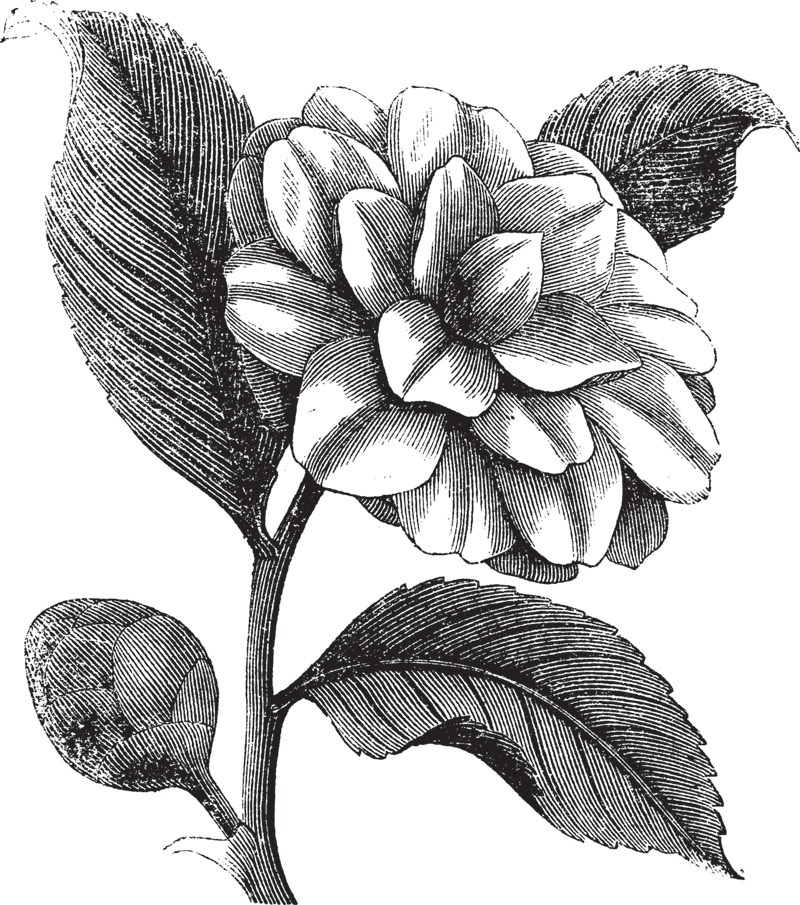The end of spring and beginning of summer is the lushest time of the year for color in the Midwest. After a gray and gloomy winter, bright colors give the hope of renewal. Thankfully, for centuries, artists and botanists have recorded the beauty and biology of the plant world. A graphite sketch or a fine hand-colored botanical offers the viewer a look at the detail of an individual species. Botanical illustrations are the combination of science and art. We must not discount these drawings for their scientific use, as they were valuable in the progression of medicine.
Later, metal plates were used to color the prints. At times, these prints also were enhanced with hand coloring to finish them with a bit more detail. The cost to publish a ‘book’ was quite extravagant. For example, Mark Catesby’s Natural History took 18 years to complete and was known as one of the most expensive sets of the 18th century. As a result, only the wealthy really had access to this type of art.
There were several processes by which this art was produced, among them aquatint, chromolithography, engraving, etching, lithography, mezzotint, original print, stipple, woodcut and wood engraving. As printing inventions became more available, mass production could replicate these images faster.
Today, economical printing processes mean you don’t need a vast fortune to appreciate the art of the botanical. For serious collectors, there are rare and pricey options to consider, but it has been my observance that in the last five years, even good antique botanicals can be purchased for almost nothing. When Mario Buatta, the ‘prince of chintz,’ was all over the pages of Architectural Digest in the 1980s, he glorified the botanical print in art, fabric and wall coverings. This craze created a rise in the popularity and value of hand-colored botanical prints. Now, many of those same prints are worth half of what was paid for them in the ’80s.
The late Arlene Brilliant of Brilliant Antiques in Clayton sold the most fabulous framed, mostly English botanicals available in St. Louis. They were a prize to own. Sadly, only a few admirers remain.
